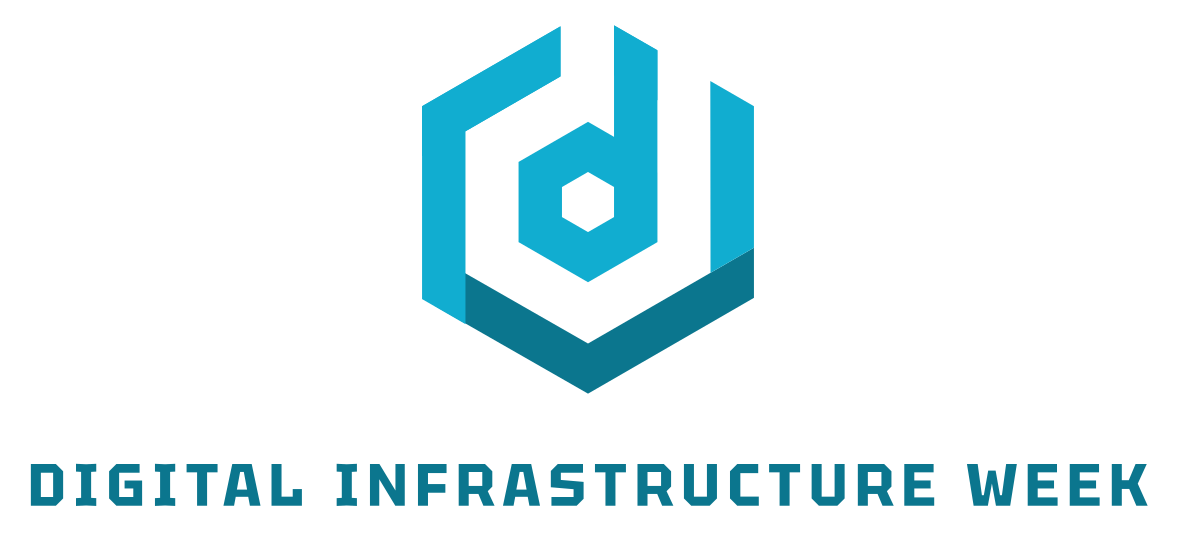LA DOT and the Transportation Infrastructure of the Future
Authored By: Connie Llanos, Interim General Manager, LADOT
At a time when dockless scooters and delivery robots are available with the click of a button, driverless vehicles are being tested on our streets, and advanced aerial mobility seems just around the corner, it is clear that our transportation system is in a state of rapid evolution. As transportation professionals, one of the biggest challenges we face is managing legacy infrastructure while responding to these new demands in real-time. The investments we make must both repair and maintain the roads signs, and signals we rely on while also building the infrastructure that will allow new modes to come into our cities.
While the change can be daunting – it is also welcome. For decades, infrastructure investments were designed to maximize the volume and speed of vehicles on our streets. Freeways divided and upended communities – predominantly black and brown – and made it almost impossible for Angelenos to have access to opportunity without owning a car. As a result, in Los Angeles today you can access twelve times as many jobs in one hour by car than you can by transit and low-income communities of color are subject to higher rates of air pollution and bear a disproportionate number of traffic deaths and injuries. LADOT is breaking that trend, by putting the safety of people, especially the most vulnerable, first. We design streets that support all modes of travel including walking, transit, and biking. We prioritize investments in community-driven mobility solutions because nobody should be denied access to education, employment, housing, or healthcare because they don’t have convenient and affordable transportation options.
With unprecedented federal funding available, and both the World Cup and the 2028 Olympic and Paralympic games around the corner, the long-lasting impact of the investment choices we make today in Los Angeles are more important than ever.
The 1984 Olympic games gave us the first Advanced Transportation Systems and Coordination (ATSAC) center. Lovingly referred to as the “eighth wonder of the transportation world,” at the time the state of the art system controlled 118 signals in the vicinity of Downtown LA and the Los Angeles Memorial Coliseum. Today, ATSAC manages over 4850 signals across more than 7500 miles of city streets and across multiple modes including transit and bikes.
But the future of ATSAC relies on its ability to support the digital infrastructure that will allow us to manage the dynamic and complicated demands our public right-of-way faces today. It will need to respond to a larger number of modes operating on our streets, curbs, and eventually skies, and incorporate the digital tools we’ve developed in recent years to manage these fleets.
Since 2016, the Los Angeles Department of Transportation (LADOT) has been immersed in getting our City prepared for this rapid evolution. From releasing our “Urban Mobility in a Digital Age” report, which outlined a strategy to leverage new transportation technology to our Technology Action Plan in 2018, we’ve been outlining the ways in which cities need to level the playing field with companies who are deploying fleets of vehicles on our public streets and sidewalks. Then in 2018, private companies deployed dockless scooters across the City of Los Angeles. With a desire to support innovation without compromising critical policy goals like safety, access, and equity, we developed a universal data sharing standard – the Mobility Data Specification (MDS) – to help us enforce compliance with permit regulations.
MDS helped us say yes to a new mode that today provides more than 800,000 rides a month. These are primarily short trips that are more easily made without a car, which reduces congestion and improves air quality. MDS also helped us ensure that this new mode is available to people in communities that need mobility options the most. It was designed to regulate new vehicles and devices on our streets but has evolved to include legacy services such as taxis and car share and will remain flexible to integrate emerging technologies as they come online.
Under the management of the Open Mobility Foundation, the global non-profit led by cities that was established to govern the data standard, we have also developed the Curb Data Specification (CDS). This latest digital tool will allow agencies to implement dynamic curb regulations in real-time. With more than one million regulatory, signs, 34,000 parking meters, and 7,500 miles of curb in Los Angeles, coding our curb is a massive undertaking – but one that is critical as we increasingly have fleets managed digitally relying on our public right of way to get goods and services to more than 4 million Angelenos every day. LADOT cannot continue to regulate the curb with traditional static hardscapes like signs and paint. We need tools that respond to conditions on the ground and recently secured $2,000,000 in federal SMART grant funding to help us advance this work even further.
Together, these tools lay the foundation for the digital infrastructure that allows cities to foster innovation and maximize the benefits of new transportation technologies for all our communities and residents. LADOT is proud to sit at the forefront of these technological advancements. These investments along with the budget proposed by Mayor Karen Bass invite further innovation to make Los Angeles a center of transportation tech businesses and jobs and make services more efficient so that we may leave a new infrastructure legacy for generations to enjoy.
